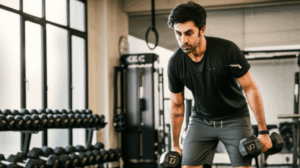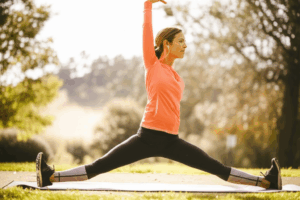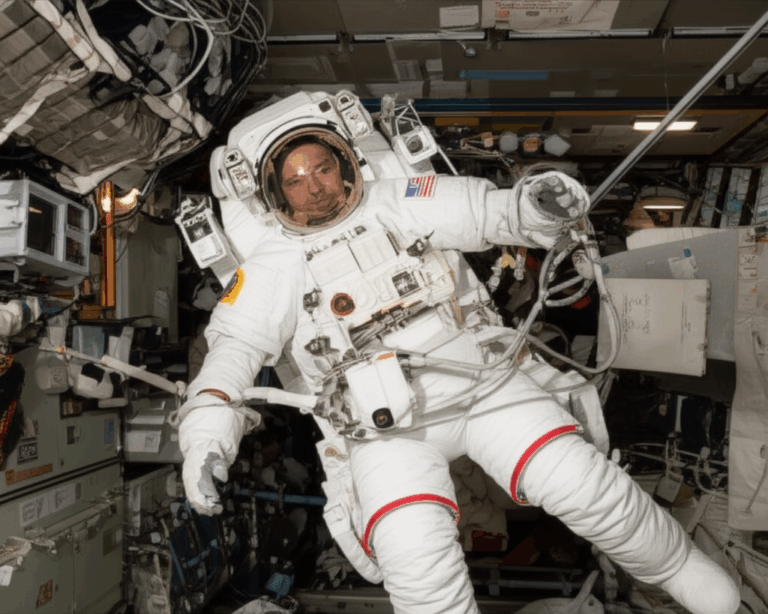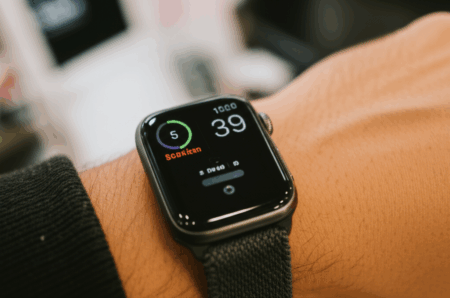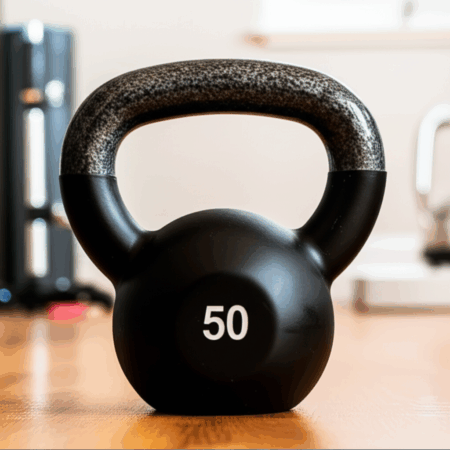Imagine a world where your muscles waste away and your bones weaken with every passing day, despite a perfectly healthy diet. This is the reality for astronauts living in the microgravity environment of space. To combat these debilitating effects, rigorous exercise is not an option but a critical necessity for mission success and long-term health. Indian astronaut Group Captain Shubhanshu Shukla recently highlighted the innovative solutions employed to keep astronauts fit, showcasing a “space bike” that embodies efficiency and ingenuity – a gym without a traditional membership.
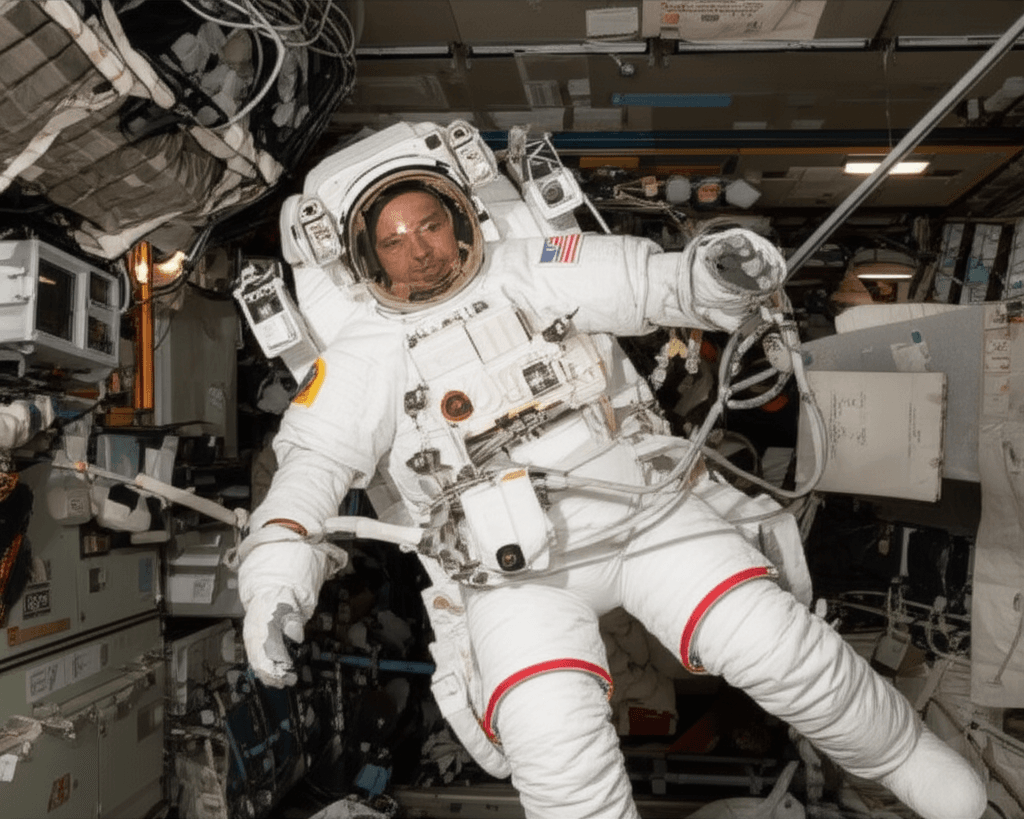
The Challenge of Microgravity on the Human Body
Life in microgravity, while offering the exhilarating experience of weightlessness, profoundly impacts the human body. Without the constant pull of Earth’s gravity, muscles no longer need to work as hard to support the body, leading to rapid muscle atrophy. Similarly, bones, deprived of load-bearing activity, begin to lose density at an alarming rate, making them weaker and more brittle. Astronauts can experience approximately a 1% decrease in bone density each month in space if precautions are not taken. Beyond musculoskeletal issues, microgravity also affects cardiovascular health, causing fluids to shift towards the upper body and the heart to work less efficiently, potentially leading to a decrease in plasma volume. These physiological changes necessitate a strict regimen of physical activity to mitigate the negative consequences and ensure astronauts can perform their duties effectively and re-adapt to Earth’s gravity upon return.
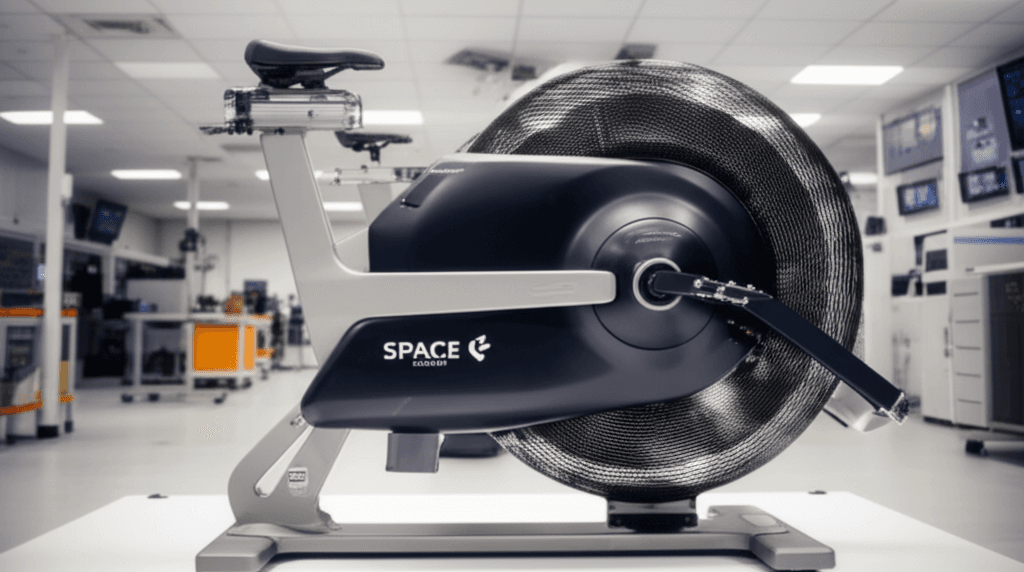
Introducing the Space Bike: CEVIS
To counteract these adverse effects, astronauts on the International Space Station (ISS) engage in daily, intensive exercise routines, often totaling two and a half hours. Among the specialized equipment designed for this unique environment is the Cycle Ergometer with Vibration Isolation System, commonly known as CEVIS – the “space bike” that Shubhanshu Shukla highlighted.
Engineering for Orbit: How CEVIS Works
The CEVIS is far from a typical stationary bicycle. Its design directly addresses the challenges of exercising in microgravity. One of its most striking features is the absence of a seat. In a weightless environment, a seat is unnecessary as astronauts would simply float away. Instead, they strap their feet to the pedals and their bodies to the device, allowing them to cycle while essentially floating.
A critical aspect of CEVIS is its vibration isolation system. When an astronaut pedals vigorously, the energy generated could potentially shake the entire space station, affecting its precise orientation or interfering with delicate experiments. The CEVIS is bolted to a shock absorber that effectively absorbs these vibrations, preventing any unintended movement of the spacecraft. This ingenious adaptation ensures that astronauts can exert themselves fully without compromising the stability of the ISS.
Beyond the Bike: A Comprehensive Approach to Space Fitness
While the space bike is a vital tool, it’s part of a broader “ISS gym” that includes other specialized equipment. Astronauts also use treadmills, where they are strapped in with bungee cords to simulate the sensation of gravity and prevent them from floating off the track while running. Additionally, devices like the Advanced Resistive Exercise Device (ARED) use vacuum cylinders to provide resistance, mimicking free weights and helping astronauts maintain muscle strength and bone density across major muscle groups. These various pieces of equipment ensure a full-body workout, addressing both cardiovascular health and muscle and bone strength.

Shubhanshu Shukla’s Mission and Insights
Group Captain Shubhanshu Shukla, an Indian Air Force fighter pilot and astronaut designate, recently completed an 18-day mission aboard the International Space Station as part of Axiom Mission 4 (Ax-4). His mission was significant, marking the first time an ISRO astronaut stayed on the ISS and conducted India-specific scientific experiments in microgravity.
Upon his return, Shukla shared his experiences, emphasizing the mandatory nature of exercise in space. He vividly described how the body “starts acting lazy” in microgravity, with muscles shrinking, bones weakening, and stamina decreasing. His insights underscore the continuous battle astronauts face against the physiological effects of spaceflight, where exercise is not merely for fitness but for survival and effective performance. Shukla’s subsequent rehabilitation training on Earth, involving cardiovascular exercises, physiotherapy, and balance exercises, further highlights the profound impact of microgravity and the body’s remarkable ability to re-adapt.
The “no gym membership” concept highlighted by Shukla cleverly illustrates that fitness in space doesn’t rely on traditional gym setups, but on highly specialized, compact, and effective equipment designed to overcome the unique challenges of a weightless environment. These innovations are crucial as humanity plans for longer-duration missions to the Moon and Mars, where maintaining astronaut health will be paramount for successful exploration.

